The construction of the Channel Tunnel, a marvel of modern engineering, faced numerous unseen challenges beneath the surface. Beyond the immense technical and logistical demands, unexpected obstacles arose, testing the resilience and ingenuity of those involved. This article delves into the hidden difficulties that shaped this iconic project.
Geological Uncertainty
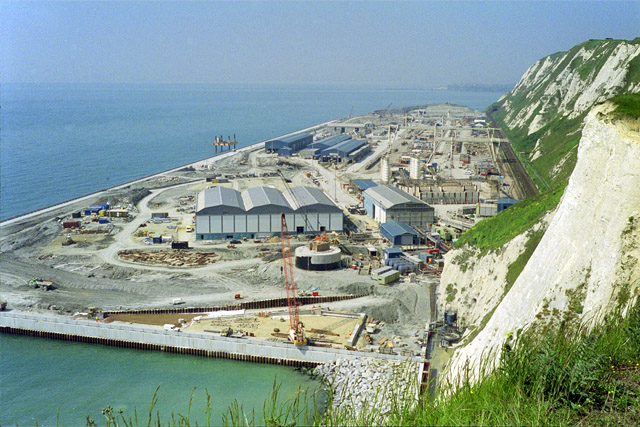
Despite extensive surveys, unexpected geological formations were encountered during tunneling. The varying strata of chalk marl, a critical feature of the tunnel’s route, were not uniform, leading to unexpected rock hardness and water inflows, requiring constant adjustments in tunneling techniques and equipment.
Water Ingress
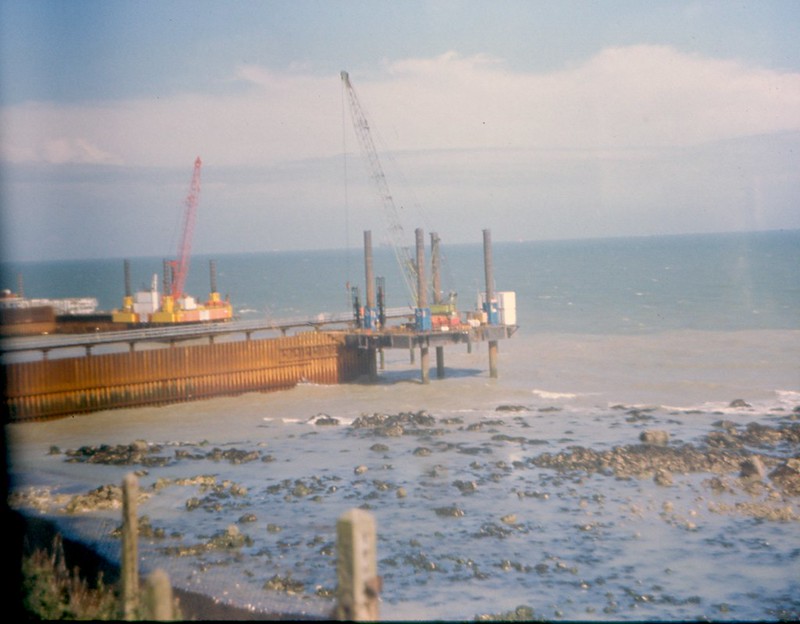
The proximity of the tunnel to the seabed posed a significant risk of water ingress. While expected, the volume and pressure of water in certain sections were higher than anticipated. Advanced waterproofing measures, including the use of specialized grouting techniques, were essential to prevent flooding.
Cross-Border Coordination
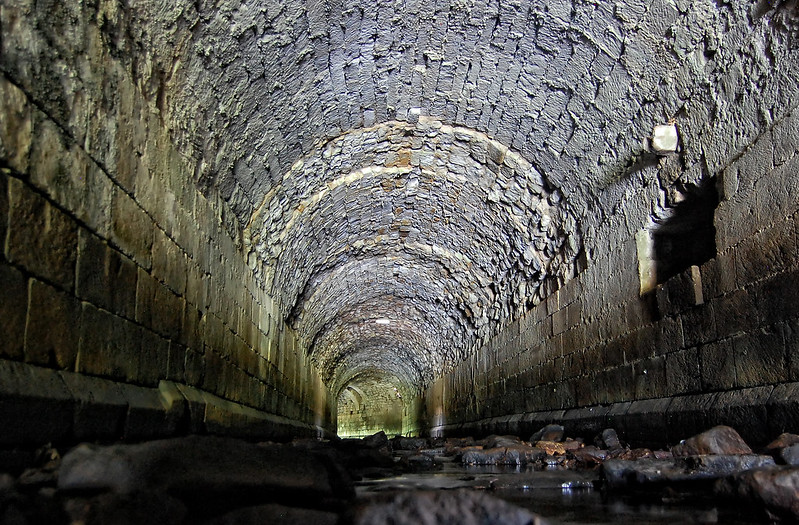
The Channel Tunnel was a joint project between the UK and France, which necessitated close coordination across two different legal, regulatory, and cultural systems. Aligning safety standards, construction practices, and labor laws was a complex and ongoing challenge.
Ventilation and Air Quality Management
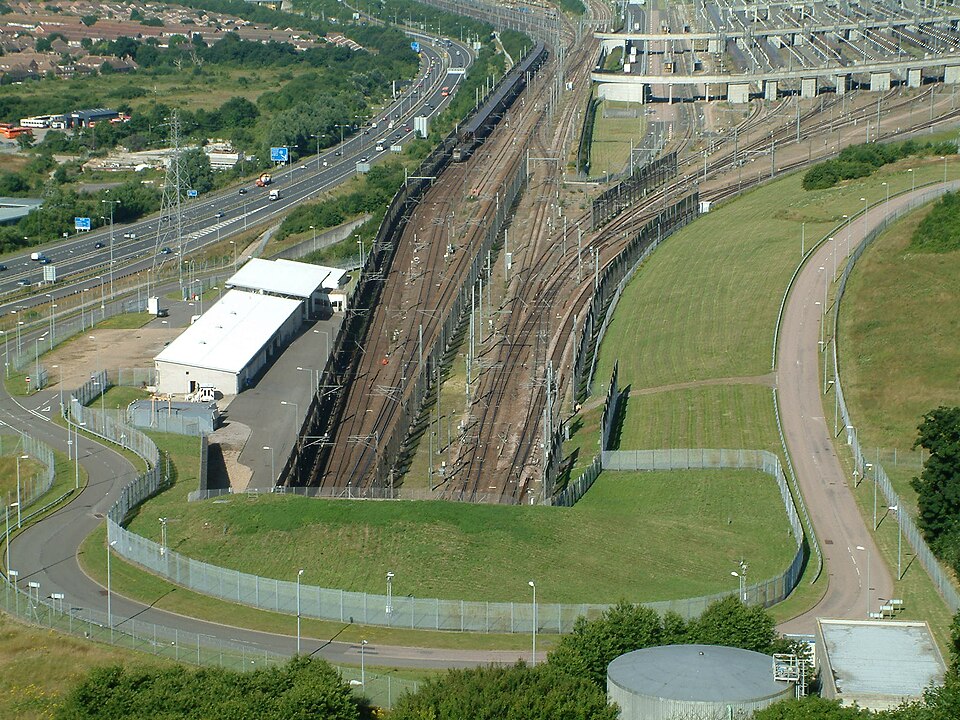
Ensuring proper ventilation in a 50.5 km tunnel was crucial for worker safety and later, for operational safety. The tunnel’s length required an advanced ventilation system capable of controlling air quality, temperature, and the removal of dust and exhaust gases. The design and implementation of this system were more challenging than initially anticipated.
Tunnel Boring Machine (TBM) Failures
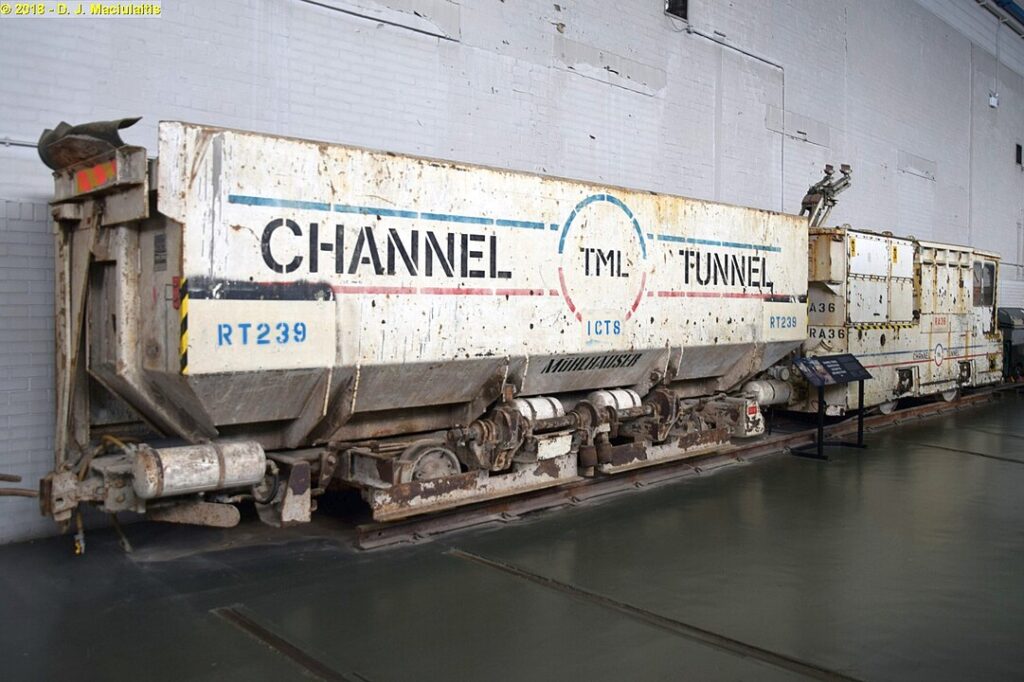
The immense pressure placed on the Tunnel Boring Machines (TBMs) led to several mechanical failures. These machines, designed to cut through rock and create the tunnel, had to be repaired and modified on-site, causing significant delays and increasing costs.
Handling Spoil Removal
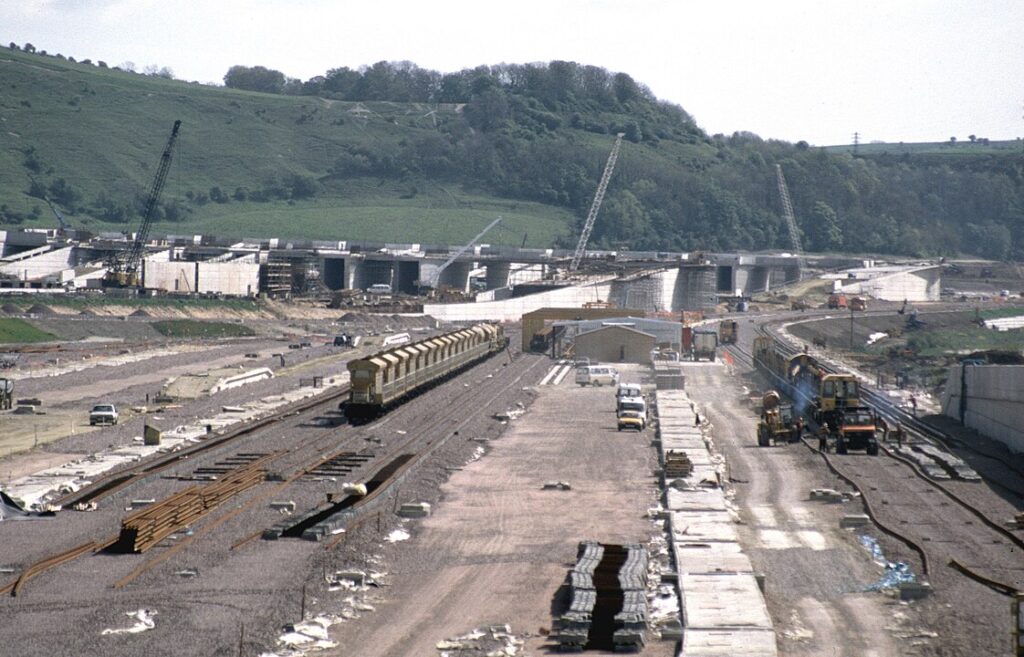
Removing the excavated material, or spoil, from the tunnel was a logistical nightmare. Approximately 8 million cubic meters of material had to be transported away from the site without disrupting local environments or communities. Innovative conveyor systems and carefully planned spoil disposal strategies were essential.
Worker Safety
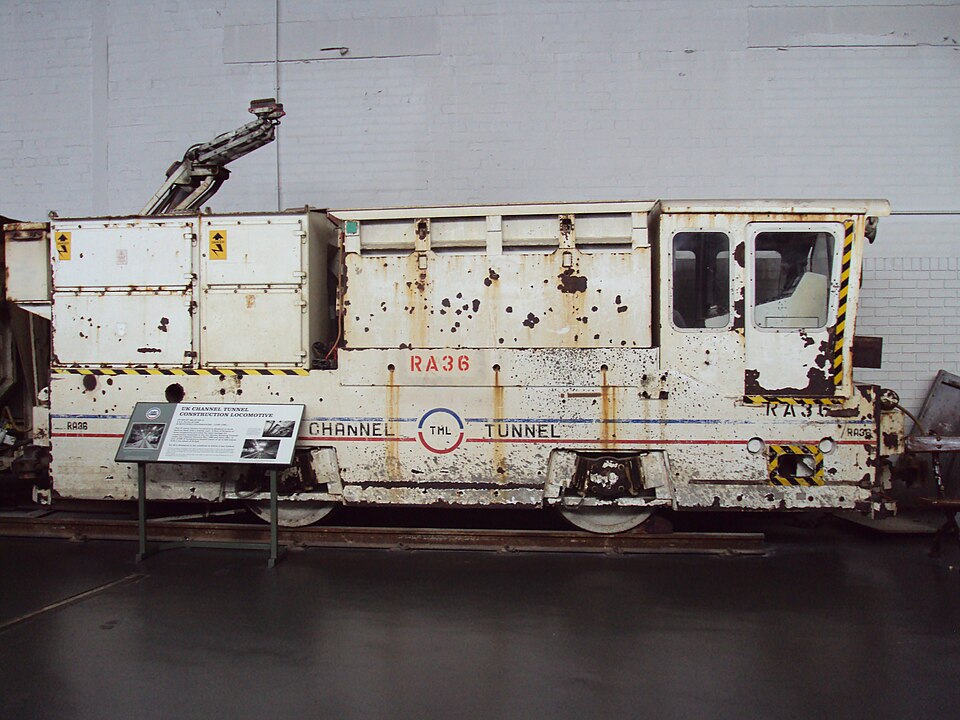
The working conditions in the tunnel were hazardous, with risks including rock falls, high temperatures, and confined spaces. Ensuring worker safety required stringent safety protocols, constant monitoring, and rapid emergency response capabilities, which were challenging to implement effectively in such a confined and complex environment.
Environmental Impact
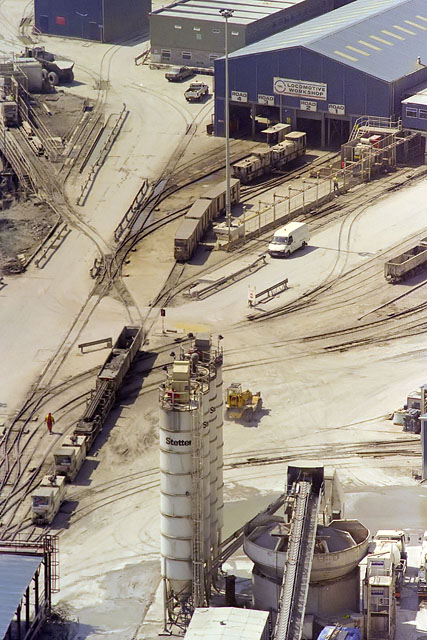
The environmental impact of the construction was a significant concern. The project needed to ensure minimal disruption to the local marine and terrestrial ecosystems. This involved detailed environmental assessments and the implementation of mitigation measures, which added to the complexity of the project.
Maintaining Tunnel Alignment
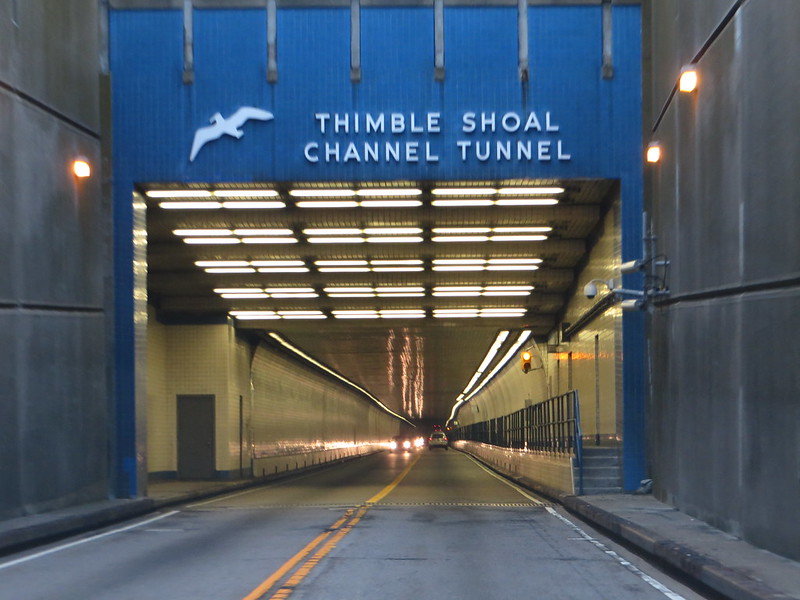
Ensuring the precise alignment of the tunnel over such a long distance was a significant engineering challenge. Any deviation could have catastrophic consequences. The use of advanced guidance systems and constant monitoring was necessary to maintain the correct course.
Political and Financial Pressures
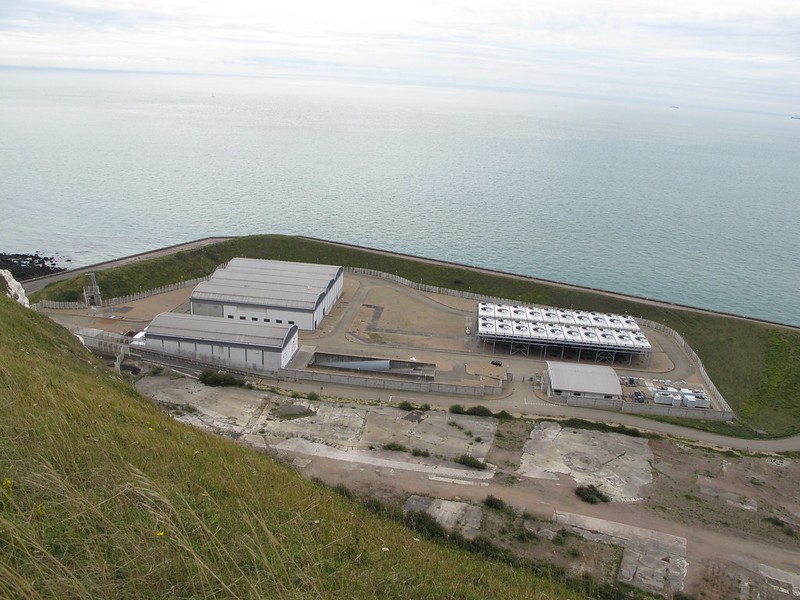
The project faced intense political and financial scrutiny, with cost overruns and delays causing public and governmental concern. Balancing the project’s financial viability with the need to maintain high safety and construction standards added significant pressure on the management teams.
Cultural and Linguistic Differences
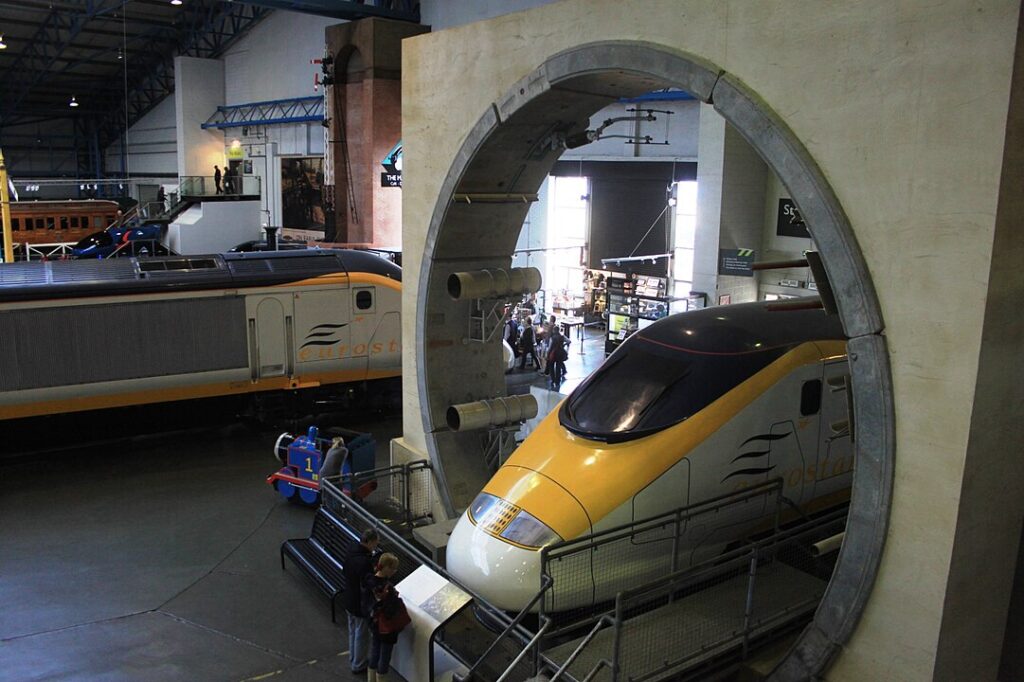
The workforce comprised individuals from multiple countries, primarily from the UK and France, leading to communication challenges and cultural misunderstandings. This required the implementation of multilingual communication strategies and cultural sensitivity training.
Crossing Fault Zones
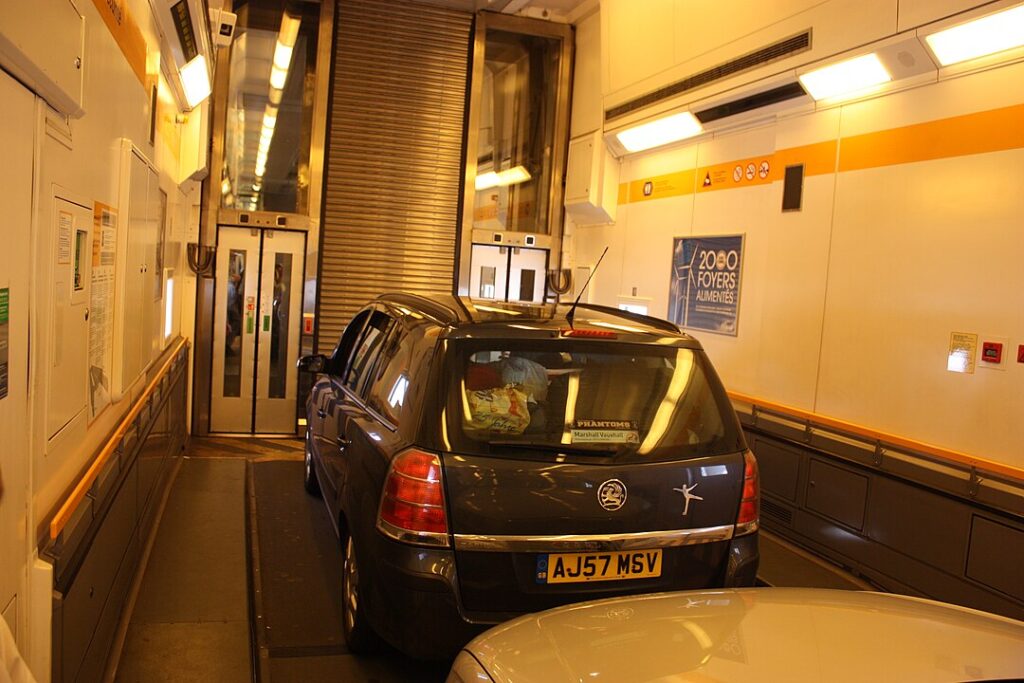
The tunnel’s route crossed several geological fault zones, which presented a significant risk of instability. Specialized engineering techniques, including reinforced linings and flexible joints, were required to ensure the tunnel’s structural integrity in these areas.
Managing Public Perception
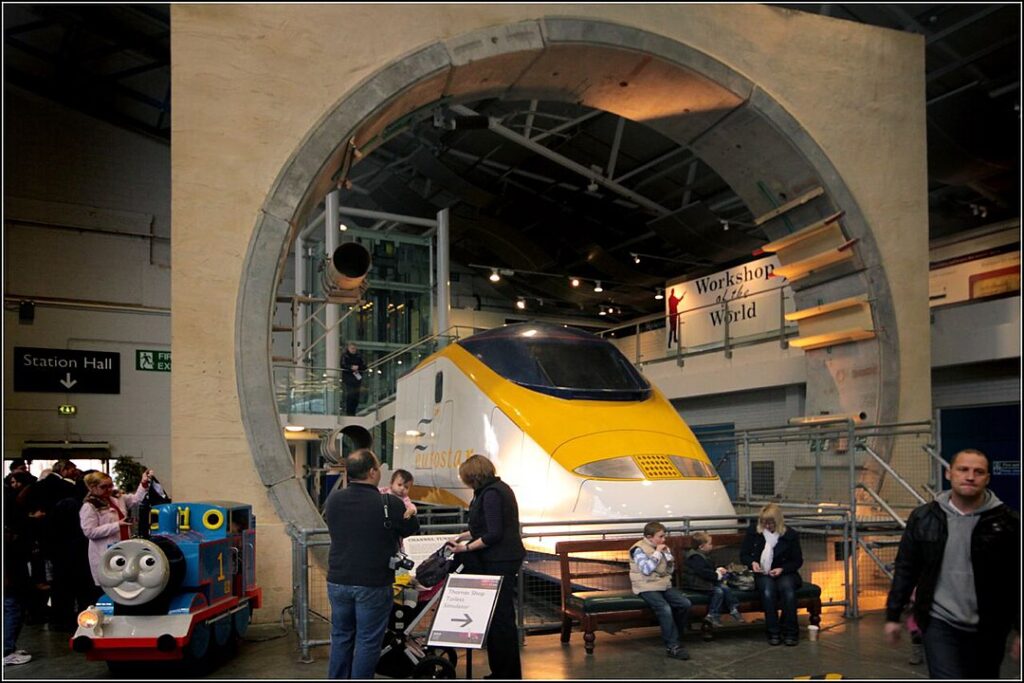
Public opinion was divided on the project, with concerns about cost, safety, and environmental impact. Managing this perception through effective communication and transparency was crucial to maintaining public support and ensuring the project’s continuation.
Tunnel Cooling System
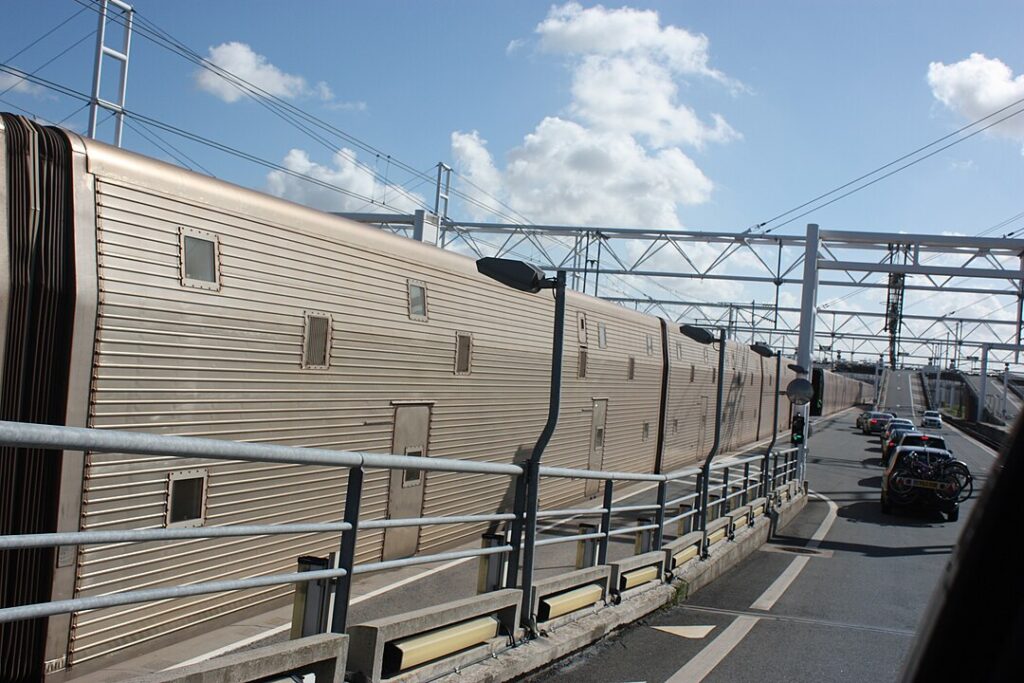
The tunnel generates significant heat, particularly from the trains passing through it. Designing an effective cooling system that could manage the heat without causing condensation or other issues was a significant engineering challenge. The system had to be energy-efficient and capable of operating under varying conditions.
Insurance and Liability Issues
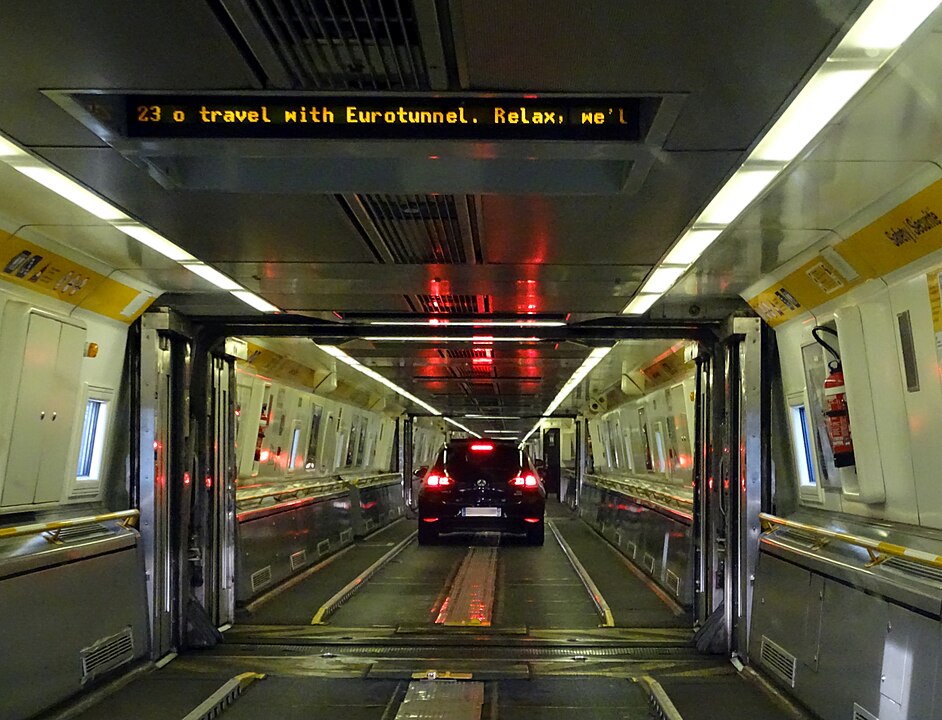
Given the scale and risks associated with the project, securing adequate insurance was a complex process. The allocation of liability between the various contractors, suppliers, and governments involved required careful negotiation and clear contractual agreements.
Fire Safety
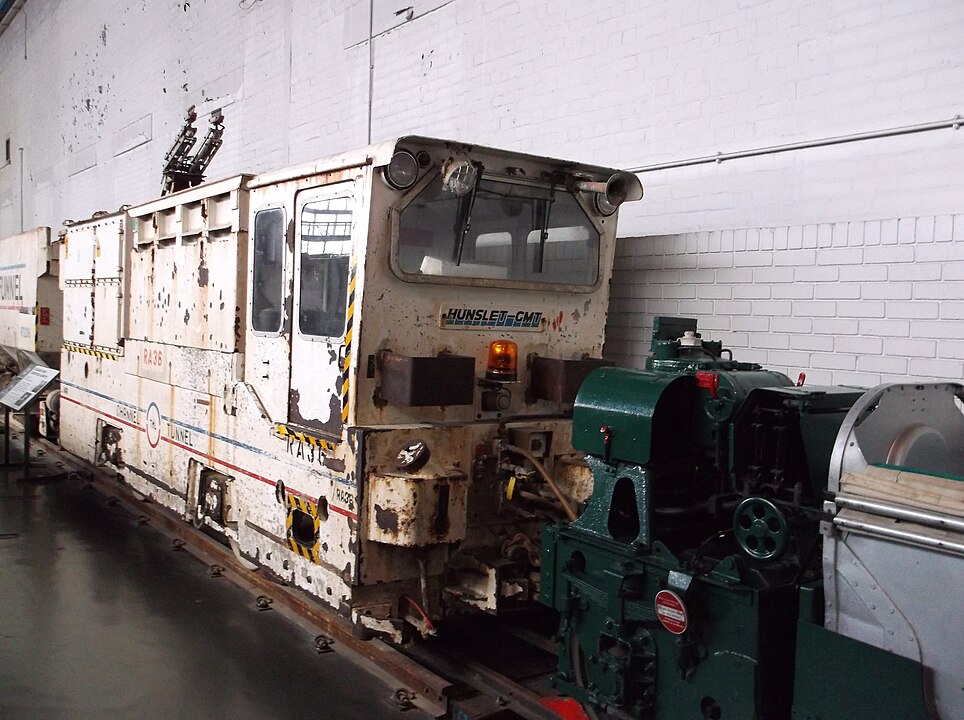
Fire safety in the tunnel was a top priority, but it was also a significant challenge due to the enclosed space and length of the tunnel. The design had to include fire-resistant materials, sophisticated fire detection and suppression systems, and emergency evacuation procedures, all of which were complex to implement effectively.
Logistical Coordination
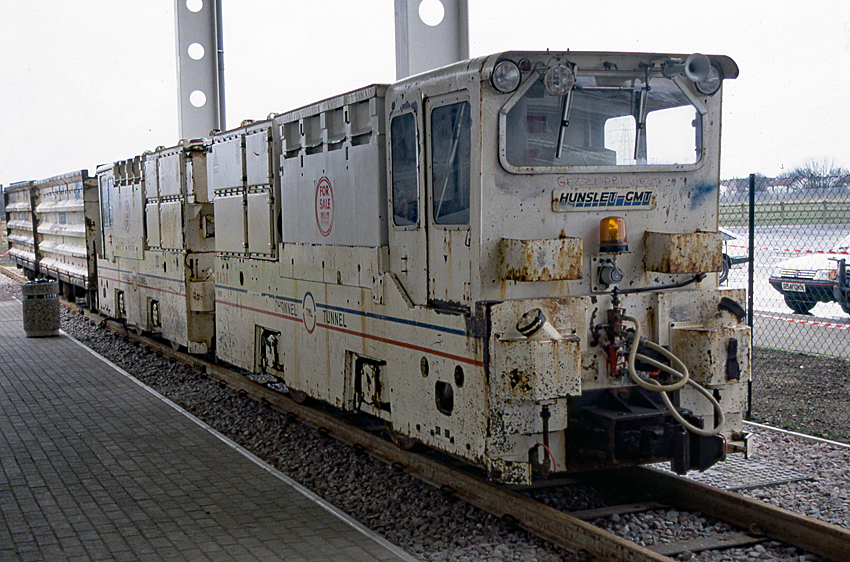
Coordinating the delivery of materials, machinery, and personnel to the tunnel’s multiple entry points was a logistical challenge. The remote location of the construction sites, combined with the need to transport large quantities of supplies, required meticulous planning and coordination.
Operational Testing and Commissioning
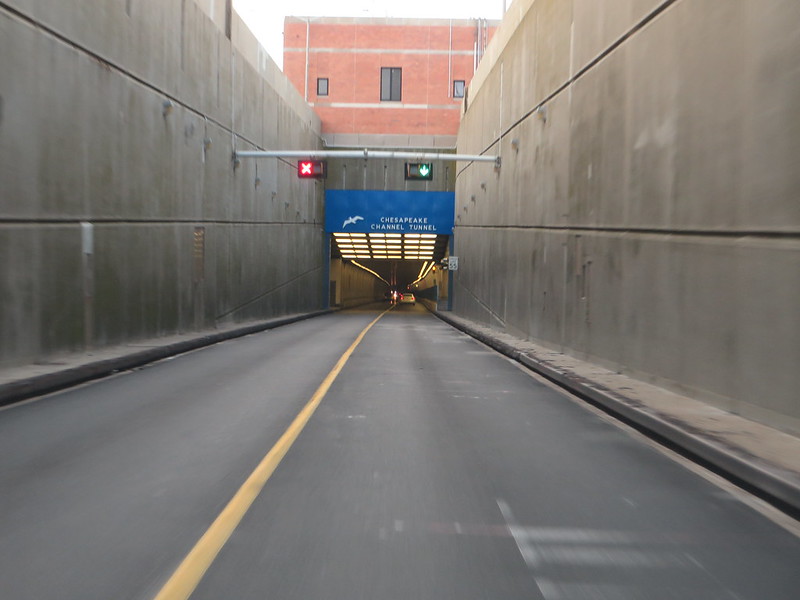
Once construction was complete, extensive testing was required to ensure the tunnel’s safety and functionality. This involved simulating various scenarios, including emergency evacuations, and required close coordination between the French and British teams. The scale and complexity of these tests presented their own challenges.
Accommodating Future Technologies
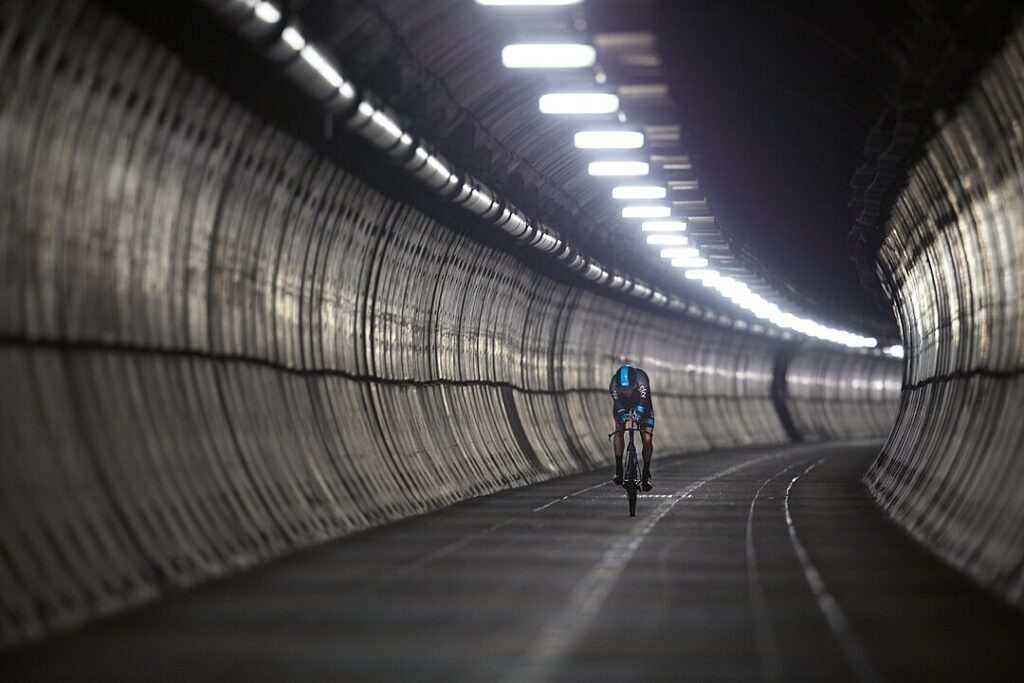
The tunnel was designed with a lifespan of over 100 years, meaning it had to be adaptable to future technologies. Predicting future rail and safety advancements and ensuring the tunnel could accommodate these without requiring significant retrofits was a complex aspect of the design process.
Long-Term Maintenance Planning
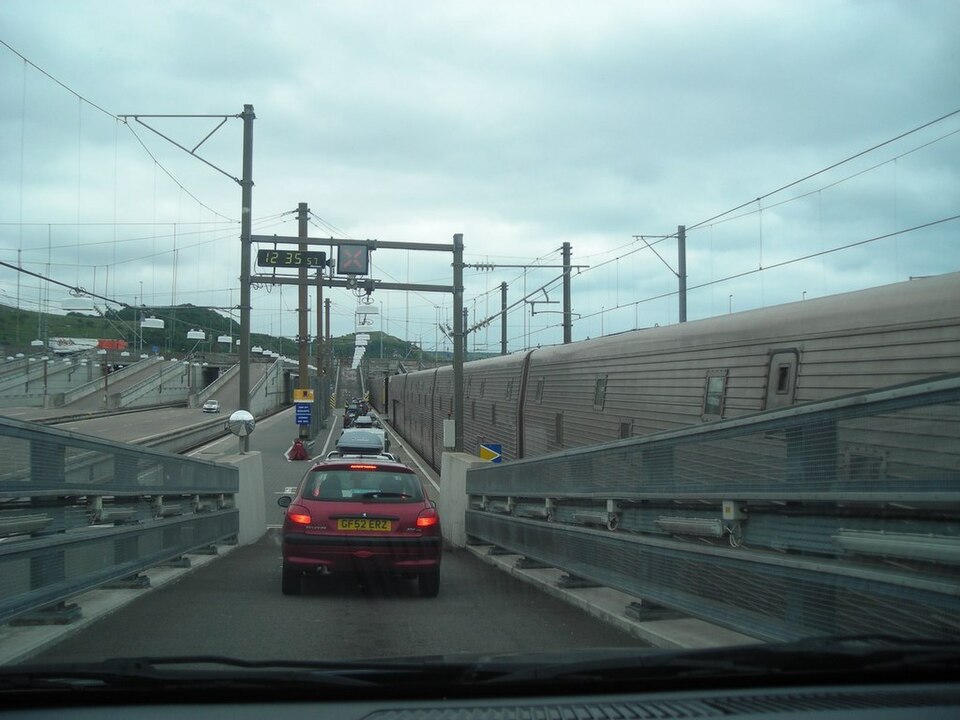
Planning for the long-term maintenance of the tunnel was essential to ensure its safety and operational efficiency. This involved creating detailed maintenance schedules, securing funding for ongoing upkeep, and developing systems to monitor the tunnel’s condition over time. The complexity of these plans was compounded by the tunnel’s length and underwater location.
This article originally appeared on UnifyCosmos.
More from UnifyCosmos
23 Surprising Health Benefits of Common Herbs and Spices

From boosting immunity to improving digestion, incorporating herbs and spices into our diets can lead to a healthier lifestyle. Let’s explore some of the remarkable benefits these kitchen staples can provide. Read more!
20 Common Cultural Blunders to Avoid Overseas

In this article, we’ll explore some common cultural faux pas to steer clear of, ensuring your travels are smooth and enjoyable. Read more!
21 Simple DIY Projects to Upgrade Your Home

Whether you’re a seasoned DIY enthusiast or just getting started, these ideas will inspire you to make impactful changes in your home. Read more!
Leave a Reply